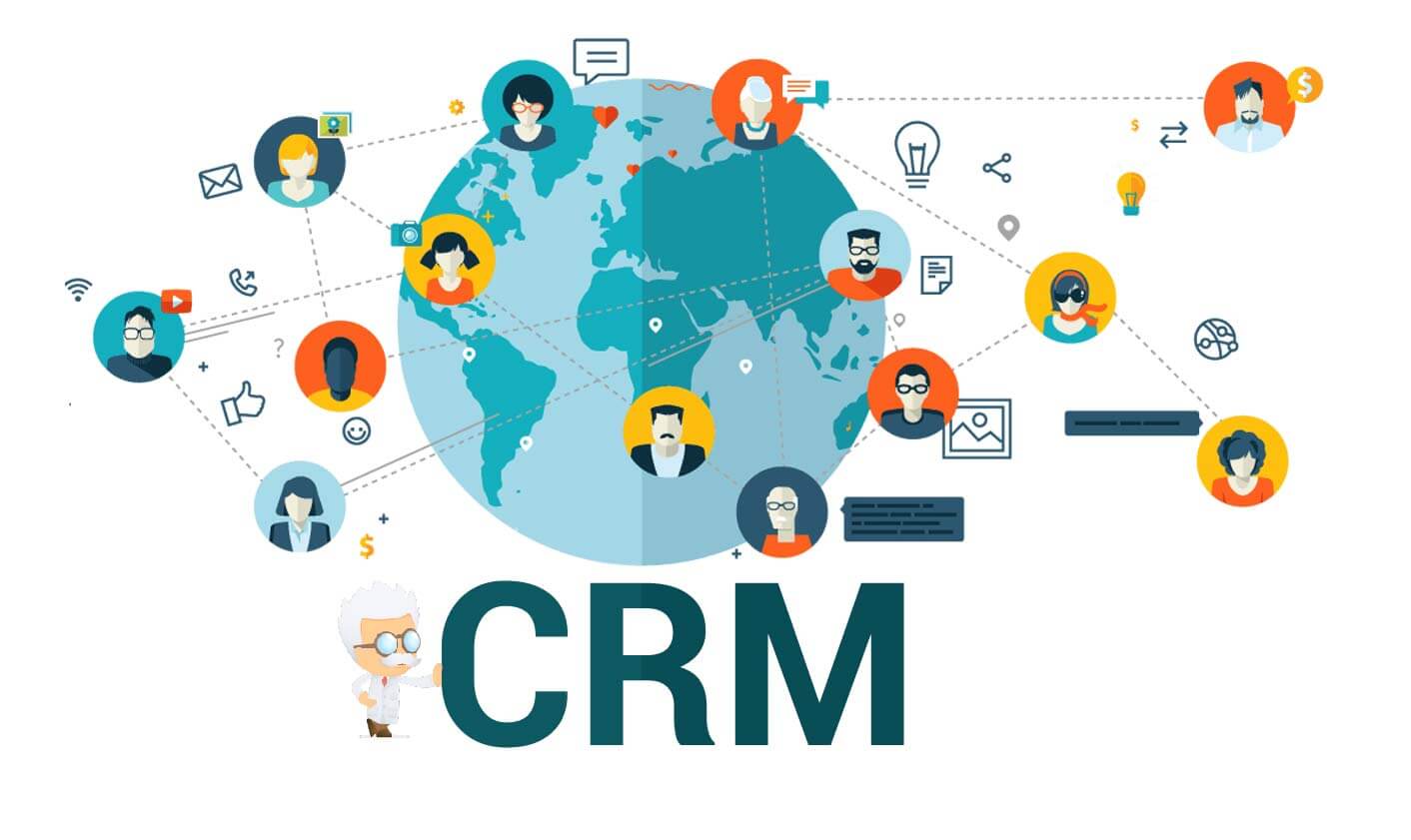How To Track Customers & Revenue From SEO With a CRM?
In today’s digital age, search engine optimization (SEO) is a critical component of any successful marketing strategy. By optimizing their websites and content for search engines, businesses can attract more traffic, generate leads, and increase revenue. However, simply implementing SEO tactics is not enough; it’s equally important to track the performance of these tactics and understand their impact on customers and revenue. This is where a customer relationship management (CRM) system can be invaluable.
In this article, we will explore how businesses can use a CRM to track customers and revenue from SEO, and how this data can be used to optimize their SEO strategies for even greater success.
The importance of SEO and revenue tracking in businesses
Search engine optimization (SEO) is a crucial aspect of modern business operations. By using SEO techniques, businesses can improve their website’s visibility in search engine results pages (SERPs), attracting more potential customers and driving traffic to their site. This increased traffic, in turn, can lead to higher revenue for the business.
To truly benefit from SEO, businesses must track their SEO performance and understand the impact it has on their revenue. By monitoring and analyzing metrics such as keyword rankings, organic traffic, and conversion rates, businesses can identify which tactics are working well and which ones need to be improved.
Revenue tracking is also crucial for businesses to understand the financial impact of their efforts. By tracking revenue generated from SEO activities, businesses can determine the return on investment (ROI) of their SEO efforts and adjust their strategies accordingly. This can help businesses allocate their resources more effectively and ensure that they are investing in tactics that deliver the greatest returns.
What is a CRM?
A CRM, or customer relationship management, is a software system that helps businesses manage their interactions with customers and potential customers. CRM software provides a centralized database where businesses can store and manage customer data, such as contact information, purchase history, and customer preferences.
The main purpose of a CRM is to improve customer relationships and enhance customer satisfaction. By using a CRM, businesses can better understand their customers’ needs and preferences, and provide more personalized and effective customer service.
In addition to managing customer data, this type of software often includes features for automating sales and marketing processes, such as lead generation, email campaigns, and sales forecasting. By streamlining these processes, businesses can save time and resources, and focus on building strong relationships with their customers.
Why track customers and revenue from SEO?
Tracking SEO performance is essential for businesses that want to maximize their customer acquisition and revenue generation efforts. Here are some key reasons why:
- Increased Website Traffic: SEO helps businesses to improve their website’s visibility in search engine results pages (SERPs), which drive more traffic. With SEO metrics like organic traffic and keyword rankings, businesses can determine which tactics are driving the most traffic and adjust their strategies accordingly.
- Higher Quality Leads: SEO can also help businesses attract higher quality leads, as people who are actively searching for products or services related to their business are more likely to be interested in what they have to offer. By tracking conversion rates and other metrics, businesses can determine which keywords and tactics are attracting the most qualified leads.
- Improved ROI: By tracking revenue generated from SEO activities, businesses can determine the return on investment (ROI) of their SEO efforts. This information can help them to allocate resources more effectively and ensure that they are investing in tactics that deliver the greatest returns.
- Competitive Advantage: Tracking SEO performance can also help businesses stay ahead of their competitors. By monitoring keyword rankings and other metrics, businesses can identify areas where they are falling behind and take action to improve their rankings and attract more customers.
Step-by-step instructions on for setting up a CRM to track SEO metrics
By following these steps, you can set up a CRM to track SEO metrics and use the data to optimize your SEO strategy for improved customer acquisition and revenue generation.
Here are the step-by-step instructions for setting up a CRM to track SEO metrics:
- Choose a CRM: There are many different CRM options available, so it’s important to choose one that meets your business needs. Some popular options include Salesforce, Osmos, HubSpot, and Zoho CRM.
- Identify the SEO Metrics to Track: Determine which SEO metrics you want to track. Some common metrics include organic traffic, keyword rankings, backlinks, and conversion rates.
- Set Up Integrations: Most CRMs allow for integration with other tools, such as Google Analytics and SEMrush. Set up integrations to import data from these tools into your CRM.
- Create Custom Fields: Create custom fields in your CRM to store the SEO metrics you want to track. For example, you could create a custom field for “Keyword Rankings” or “Organic Traffic.”
- Define Goals: Define specific goals for your SEO efforts, such as improving keyword rankings or increasing organic traffic. Use your CRM to track progress toward these goals.
- Track Progress: Regularly monitor your SEO metrics in your CRM to track progress and identify areas for improvement.
- Use CRM Data to Inform SEO Strategy: Use the data in your CRM to inform your SEO strategy. For example, if you notice that certain keywords are driving more traffic and leads, focus on optimizing content around those keywords.
- Automate Tasks: Set up automated tasks in your CRM to save time and ensure that tasks are completed on time. For example, you could set up a task to update keyword rankings on a weekly basis.
The importance of regular data analysis and reporting
Regular data analysis and reporting is crucial when it comes to tracking customers and revenue from SEO in a CRM. Here are a few reasons why:
- Identifying Trends: Regularly analyzing the data in your CRM can help you identify trends over time. By identifying these trends, you can make informed decisions about your SEO strategy and adjust your approach accordingly.
- Improving Performance: By regularly reviewing your data, you can identify areas where you need to improve your SEO efforts. This can help you optimize your strategy and improve performance over time.
- Tracking ROI: Regular data analysis and reporting can help you track the ROI of your SEO efforts. By measuring the impact of your SEO on revenue generation and customer acquisition, you can justify your investment in SEO and make informed decisions about future spending.
- Making Data-Driven Decisions: By relying on data instead of assumptions or gut feelings, you can make more informed decisions about your SEO strategy. This can help you avoid costly mistakes and make the most of your SEO efforts.
- Proactive Problem-Solving: Regular data analysis and reporting can help you identify problems early on and proactively address them. This can help you avoid major issues down the line and improve your overall SEO performance.
Implementing CRM tracking for your SEO efforts can provide numerous benefits for your business. By tracking your metrics and tying them to customer acquisition and revenue generation, you can gain valuable insights into the effectiveness of your strategy. This, in turn, can help you optimize your approach for improved business outcomes. By leveraging the power of a CRM to track SEO metrics, you can better understand your customers, identify trends, and make data-driven decisions to drive revenue growth. If you haven’t yet implemented CRM tracking for your SEO efforts, now is the time to start. By taking this important step, you can unlock the full potential of your strategy and take your business to the next level.
Read More:Best Email Automation Tools for 2022




